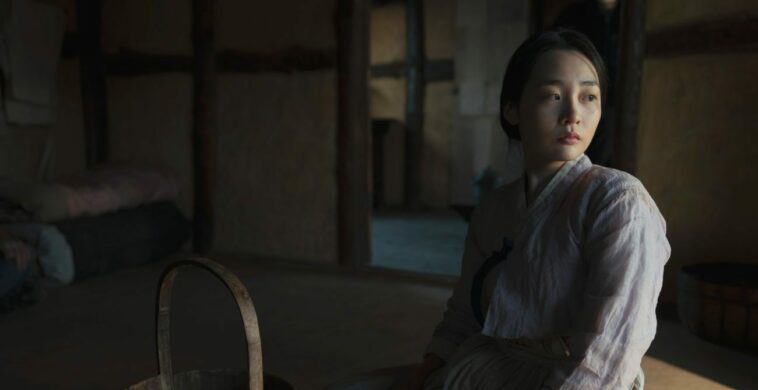The following contains spoilers for the premiere of Pachinko on Apple TV+ (Chapter 1, Chapter 2, and Chapter 3), directed by Justin Chon & Kogonada and written by Soo Hugh, based on the novel of the same name by Min Jin Lee.
Pachinko premiered on Apple TV+ on March 25 with three episodes, and while in this instance I do appreciate being able to take this much time to get acquainted with the world of the show in a single week, I think it is a shame (as always) how this kind of release risks covering over the thematic consistency that each episode has, encouraging us to think of everything as just “more content.”
Of course, some shows in the streaming era only have episodes in the sense of the story being cut into smaller chunks of time, but this isn’t the case with Pachinko. Each chapter (so far) has a clear central theme, which I can only imagine parallels the structure of the book, and it is these themes that give the story the power it has, whether you’re attending to them consciously or not.
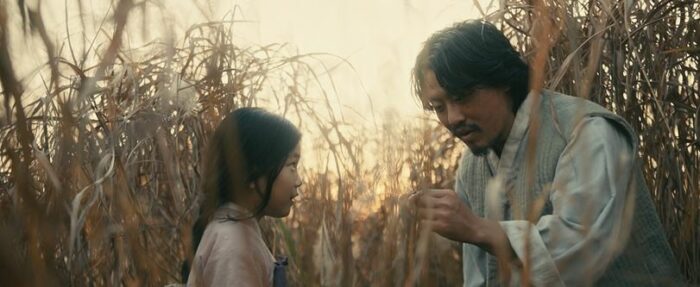
Chapter 1 interrogates the question of authority through the dual lens of Sunja’s childhood relationship with her father and the grand historical relationship between Korea and Japan. The episode brings these threads together poignantly near its end, as it juxtaposes the death of Sunja’s father in the 1920s with that of Emperor Hirohito in 1989, cutting across time to bring out the resonance between events.
Of course, Sunja’s father was benevolent. What of Hirohito, who stood behind the Japanese Empire for more than 60 years, through the end of the occupation of Korea but not from its beginning?
I won’t claim to know more about the history here than I do, and you can do light internet research as easily as I can, but what is perfectly evident to anyone with the thinnest amount of historical knowledge is the extent to which Hirohito represented Japan and the way that his death represented a sea change in the course of world history, whether such occurred in its details or not.
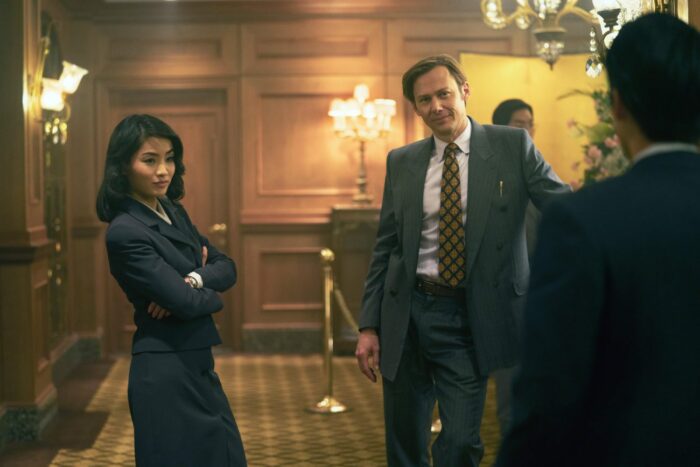
Whether there has been a change in the course of history could be viewed as the theme of Chapter 2 of Pachinko. As Solomon declaims to Tom that nations and currencies no longer matter, the ideology of neoliberal global capitalism is manifest, but it’s only beginning in 1989. We know all too well now the extent to which this was a dream, as Nationalism asserts itself across the globe in various places and various guises. The pull of nation, and of ethnicity, remains strong, and we may indeed worry about whether history is a pendulum and how far we’re swinging in a reactionary direction.
But this is the theme of Chapter 3, precisely—the pull of the past and of history upon us. The old woman who doesn’t want to sell her house speaks to Sunja and Solomon about how visiting Korea after all these years brings with it a feeling of being home. Nevermind if everything has changed on the surface; the mere facts of the shared language and food, etc., contribute to a sense of place and belonging within it.
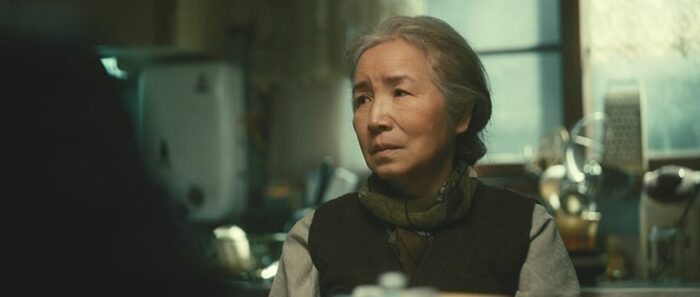
Modernity continually decenters us, and capitalism in particular uproots us, undermining all of the traditions that bind us and reducing them to dollars and cents, or yen. From this point of view, it’s a shame that the woman gives in and sells her house. There is something to be respected in her refusal, which was not about money. She wanted to die in that house, as Sunja tells Solomon, and got angry when he told her to think about her children, because her whole life has been about sacrificing for her children. Why should she have to do it again, when she is finally free and happy? Clearly she just wants to eat her Korean rice and go to school, not to advance a career but for the pure joy of learning, and yet here comes the ever-expanding industry of post-modernity that cannot even understand her desires.
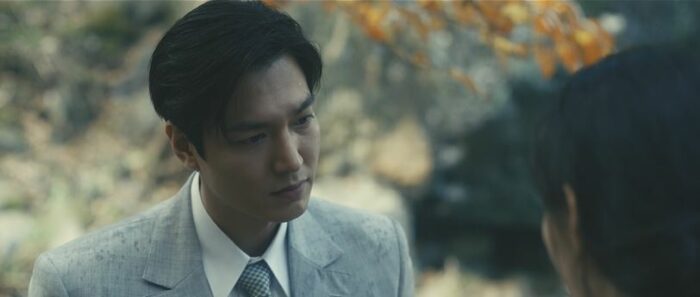
On the other hand, in the past, Koh Hansu tries to persuade Sunja to bear his child out of wedlock while allowing him to support them, but she’s having none of it. From our point of view, his offer might seem like it should be liberating, as he suggests breaking away from traditional mores, which he sees already fading in the early 20th century. But young Sunja knows the extent to which it is a lie, and the social pressures would shame her nonetheless. Do we watch this and think she should have done otherwise, or relate to the stubbornness of her position, even as it leads her to despair?
Isak’s offer, which brings Chapter 3 to its close, is wrapped in another kind of question about whether she can leave the past behind to start anew, and there is a grace and kindness in this gesture, from which the rest of Sunja’s life will unfold, but it will also take her away from her homeland and her roots.
What kind of breaking from the past is a good one?

Solomon went to America and has now returned to Japan. In the past, Koh Hansu tells Sunja that America is a place of everything and nothing, precisely I take it because of the general lack of cultural history here in the States. We don’t remember the past. We’re like Tom, who can’t understand how the history between Japan and Korea still informs how people view each other in 1989. Everything is wide open and nothing is rooted in place.
If anything will keep Solomon in Japan now that he’s closed the real estate deal that brought him home, it would seem likely to be the mysterious calls he’s receiving from Hana. These two have a history, it is clear, though Pachinko hasn’t laid out the details for us through the first three episodes. We know that she’s been missing, and her last known whereabouts involved working in a soapland, but we can only imagine along with Solomon what her life is like now, and to what extent she’s broken from the past in a good way or a bad one.
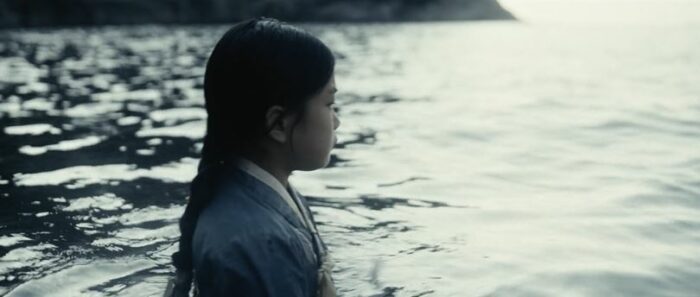
By playing out in multiple timelines, Pachinko creates most of its mystery in relation to what happens in between and the details of what happens in between. We know, for example, that Sunja will go with Isak to Osaka and that it is this family line we’re seeing in 1989. But we also know that she is Solomon’s grandmother, though she raised him, leaving open a number of questions spanning decades.
Pachinko is at once expansive and small in scale. This is the story of one family—or one woman, even, in particular—but it implicates world history and its themes cut across time, to pose deeply human problems. These aren’t primarily about global politics, or rather such politics only sees them play out in one register while they play out at another on an interpersonal level. And for the most part, it’s all rather somber and reflective.
It wasn’t until Chapter 3 that I felt the opening title sequence landed for me in the right way. At first, this cut to the cast dancing in the pachinko parlor seemed at odds with the overall tone of the series, and (as enjoyable as it was in its own right), weirdly out of place. But then as I reached Chapter 3, all of a sudden the sequence felt poignant and joyful, exuding the kind of joy that one can find in spite of hardship. And given that we all experience hardship in one way or another, perhaps this is the only kind of joy there truly is—in our connections with one another and those small moments wherein we find ourselves moved to dance even if the world is burning.
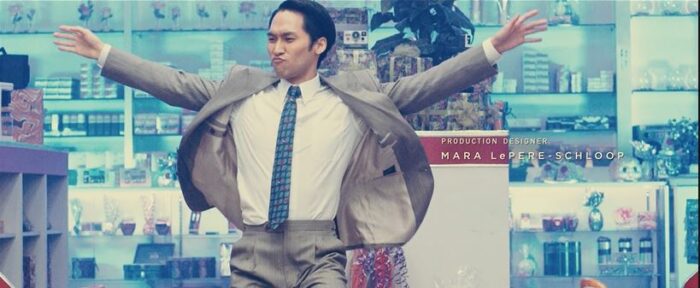
I can only hope that as Pachinko continues, we’ll get more moments of such joy within the narrative itself.

